Wales conceals some of Britain’s most enchanting settlements within its mountainous terrain, where ancient communities have thrived for centuries in valleys that remain largely untouched by modern development. These remote villages offer glimpses into traditional Welsh life, surrounded by dramatic peaks and accessible only through winding mountain roads that seem to lead nowhere until they suddenly reveal hidden worlds.
The isolation that once protected these communities from invasion now preserves their authentic character and stunning natural settings. Here is a list of 17 Welsh mountain villages nestled in hidden valleys that showcase the country’s most spectacular rural landscapes.
Beddgelert
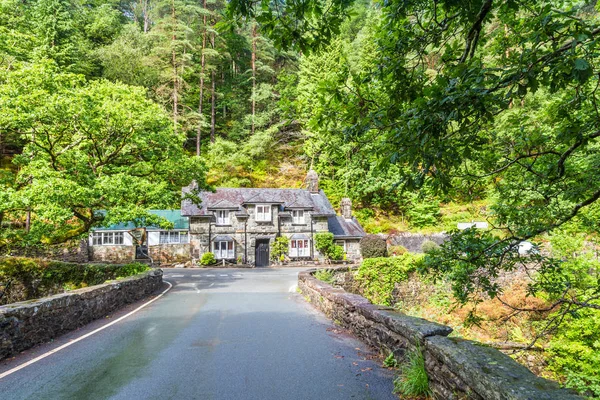
This picturesque village sits at the confluence of three valleys in Snowdonia, surrounded by some of Wales’ highest peaks. The River Glaslyn flows directly through the village center, creating a series of stone bridges that connect the scattered houses and shops.
Beddgelert gained fame through the legend of Gelert, a faithful hound, though an 18th-century innkeeper likely invented the story to attract tourists. The village serves as a perfect base for exploring nearby Mount Snowdon yet maintains its peaceful atmosphere even during peak hiking season.
Corris
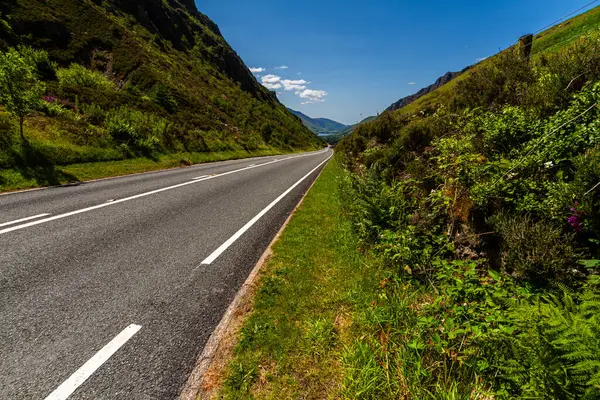
Hidden in the Dyfi Valley, this former slate-mining village retains much of its industrial heritage while embracing its mountain surroundings. The narrow-gauge Corris Railway still operates through the valley, connecting the village to the wider world much as it did when transporting slate in the 19th century.
Traditional Welsh cottages line the single main road, many built from local stone that matches the surrounding hillsides. The village’s position between towering peaks creates a microclimate that often produces dramatic weather patterns, with mist rolling down the mountainsides like slow-moving waterfalls.
Like Travel Pug’s content? Follow us on MSN.
Cwm Penmachno
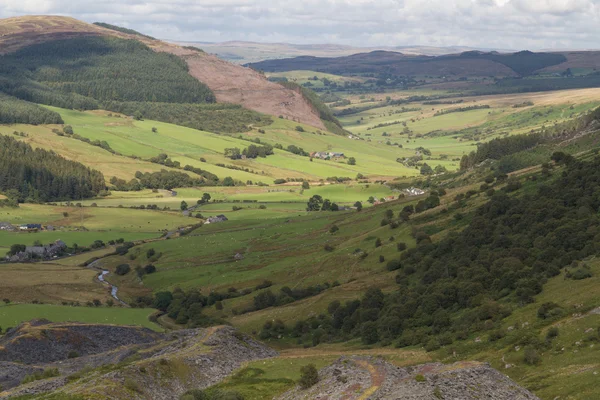
This valley village sits so deep within the Snowdonia foothills that many visitors discover it entirely by accident while exploring back roads. The settlement follows the meandering Machno River, with stone houses scattered along both banks connected by ancient packhorse bridges.
Residents still speak Welsh as their primary language, maintaining traditions that date back centuries in this isolated community. The surrounding hills hide numerous abandoned quarries and mining works, creating an almost mystical landscape of overgrown ruins and natural regeneration.
Llanfihangel-y-Pennant
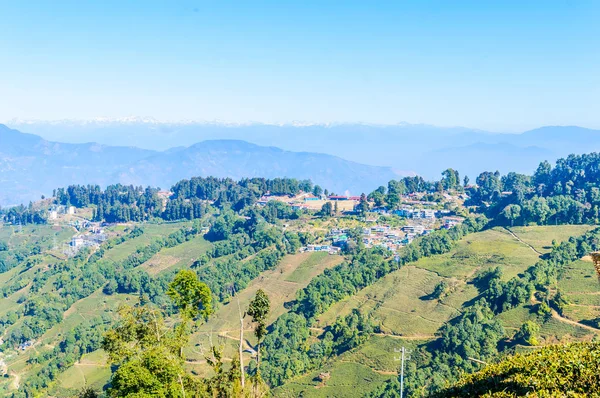
Nestled beneath the southern slopes of Cadair Idris, this tiny village occupies a valley so narrow that sunlight reaches the houses for only a few hours each day during winter months. The single road that serves the community ends at the village, ensuring that only those with specific businesses find their way here.
St. Michael’s Church, which gives the village its name, dates to the 12th century and contains medieval wall paintings that survived centuries of neglect. The valley’s isolation has preserved traditional farming practices, with local families still practicing transhumance—moving livestock between winter and summer pastures according to ancient patterns.
Rhiw
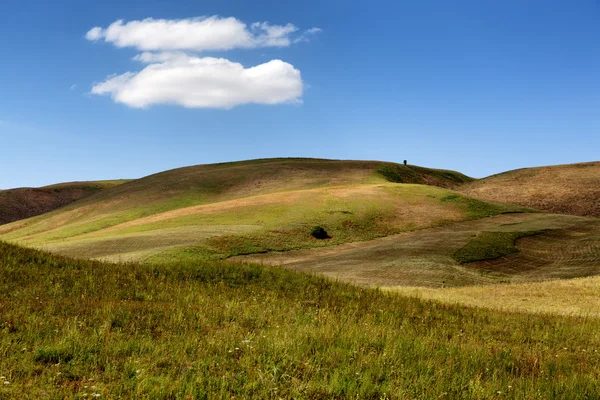
Perched on the slopes above Hell’s Mouth Bay on the Llŷn Peninsula, this village commands spectacular views across Cardigan Bay while remaining hidden from the coastal road below. The settlement consists of traditional whitewashed cottages scattered across terraced fields that have been cultivated for over a thousand years.
Plas yn Rhiw, a 16th-century manor house, sits at the village’s heart and was once home to the Keating sisters, who helped preserve much of the area’s natural beauty. The village’s elevated position creates a natural amphitheater effect, with the Irish Sea stretching to the horizon and the mountains of Snowdonia visible on clear days.
Like Travel Pug’s content? Follow us on MSN.
Llanbedr-y-Cennin
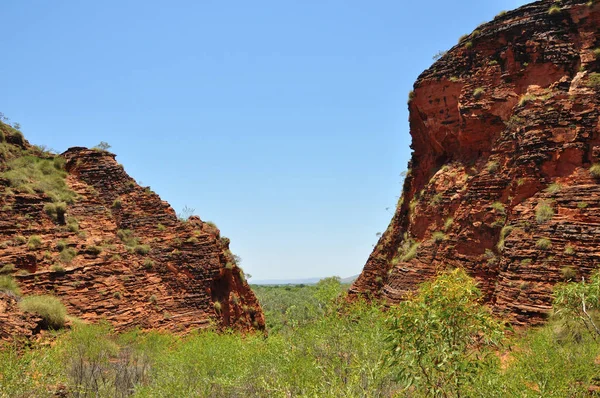
This village occupies a secluded valley beneath the Carneddau mountains, accessible only through a single winding road that climbs steadily from the Conwy Valley floor. The community centers around a medieval church that contains some of Wales’ finest stone carvings, including Celtic crosses that predate the Norman conquest.
Traditional stone cottages dot the valley floor, many still occupied by families whose ancestors have lived here for generations. The surrounding mountains create a natural barrier that has preserved the village’s Welsh-speaking culture and traditional way of life.
Cwmdu
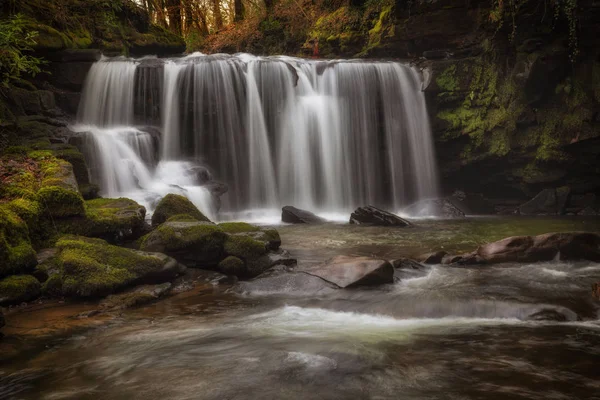
Hidden in the Black Mountains near the English border, this hamlet sits in a valley so remote that it feels completely cut off from the modern world. The village consists of a handful of farms and cottages built from local red sandstone that glows warmly in the afternoon sun.
A 13th-century church serves as the community’s focal point, though the congregation now numbers fewer than twenty regular attendees. The valley’s isolation has created a unique ecosystem where rare plants and wildlife thrive, making it a favorite destination for naturalists willing to make the challenging journey.
Capel Curig
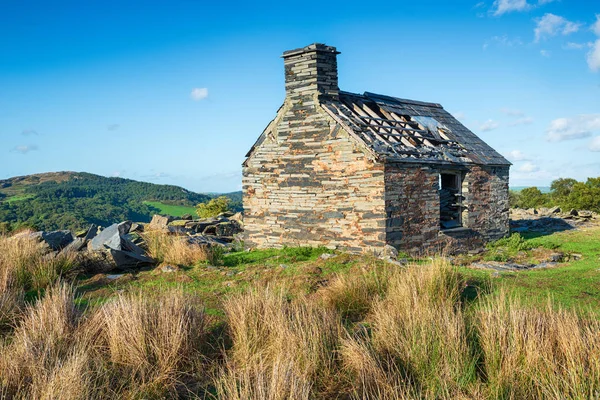
Positioned at the geographical heart of Snowdonia, this village sits where five valleys converge, creating a natural crossroads that travelers have used for centuries. The surrounding peaks include some of Wales’ most challenging climbs, yet the village maintains a peaceful atmosphere that contrasts sharply with the dramatic mountain scenery.
Traditional slate cottages line the main road, many now serving as guesthouses for hikers and climbers exploring the region. The village’s mountain rescue station serves the entire Snowdonia region, highlighting both the area’s popularity with outdoor enthusiasts and its inherent dangers.
Like Travel Pug’s content? Follow us on MSN.
Llanfair Talhaiarn
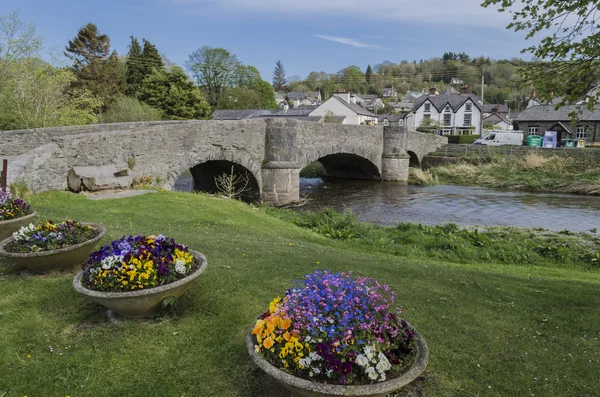
This village hides in a gentle valley where the River Elwy meanders through fertile farmland, surrounded by hills that shield it from the busier coastal areas. The community grew around a medieval church and mill, both of which still function today much as they did centuries ago.
Local poets and musicians have long gathered here, earning the village a reputation as a center for traditional Welsh culture. The valley’s microclimate and rich soil have made it famous for producing some of Wales’ finest agricultural products, particularly cheese and lamb.
Llangynog
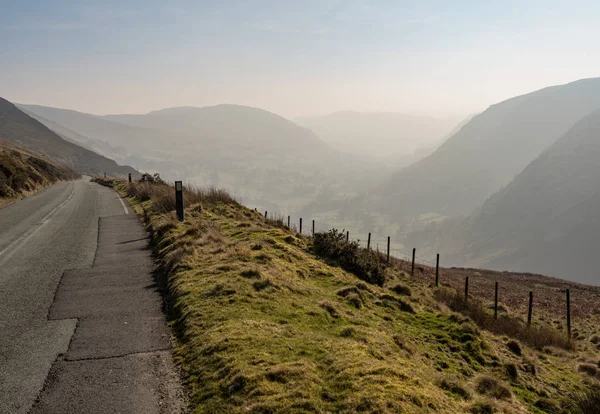
Situated at the head of the Tanat Valley in the Berwyn Mountains, this village occupies one of Wales’ most dramatic hidden locations. The road to Llangynog climbs steadily through increasingly wild terrain before suddenly revealing the village nestled against towering limestone cliffs.
A spectacular waterfall tumbles directly behind the village, creating a constant soundtrack of rushing water that changes with the seasons. The community has maintained its traditional character despite its growing popularity, with visitors seeking authentic Welsh mountain experiences.
Pennant Melangell
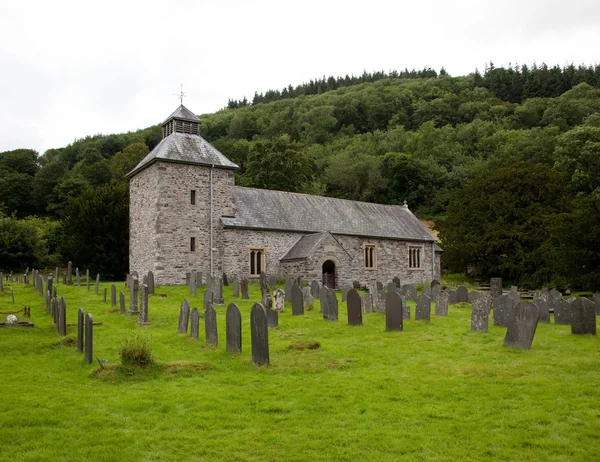
This valley holds special significance as the traditional burial place of Saint Melangell, Wales’ patron saint of hares, whose 12th-century church sits at the valley’s remote head. The single-track road that reaches the village winds through increasingly wild terrain, passing ancient burial mounds and stone circles that predate recorded history.
Traditional stone cottages are scattered throughout the valley, most still occupied by farming families who maintain the area’s pastoral character. The surrounding hills create a natural sanctuary that has protected both the village and its unique spiritual atmosphere for over fourteen centuries.
Like Travel Pug’s content? Follow us on MSN.
Llanrhaeadr-ym-Mochnant

Though slightly larger than other villages on this list, Llanrhaeadr remains hidden in a valley that few travelers discover unless they’re seeking it out specifically. The village sits beneath the Berwyn Mountains, where the Rhaeadr River creates a series of waterfalls that give the settlement its name.
Traditional Welsh cottages line the main street, many dating to the 16th and 17th centuries when the village prospered as a market town. The surrounding valley contains numerous archaeological sites, including Roman remains and medieval fortifications that tell the story of centuries of human habitation.
Llanfachreth
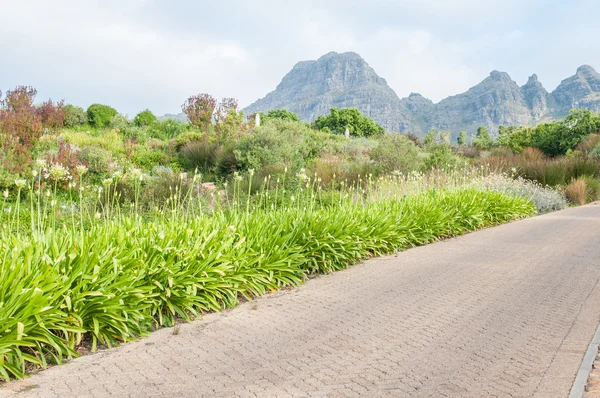
This tiny settlement occupies a secluded valley in the Rhinogydd mountains, accessible only through narrow lanes that wind between ancient stone walls. The village consists of a medieval church, a handful of traditional cottages, and working farms that have operated continuously for centuries.
Local families still practice traditional crafts, including weaving and woodworking, using techniques passed down through generations. The valley’s isolation has preserved a way of life that has largely disappeared elsewhere in Wales, making it feel like stepping back in time.
Cwm Pennant

Hidden beneath the southern slopes of Snowdon, this valley village occupies one of the most spectacular settings in Wales. The single road that serves the community ends at the valley head, where a path continues toward Snowdon’s summit through some of the mountain’s most challenging terrain.
Traditional stone cottages are scattered along the valley floor, most still occupied by farming families who work the surrounding hillsides. The valley’s name translates as ‘valley of streams,’ reflecting the numerous waterfalls and rapids that cascade down from the surrounding peaks.
Like Travel Pug’s content? Follow us on MSN.
Llanddeusant
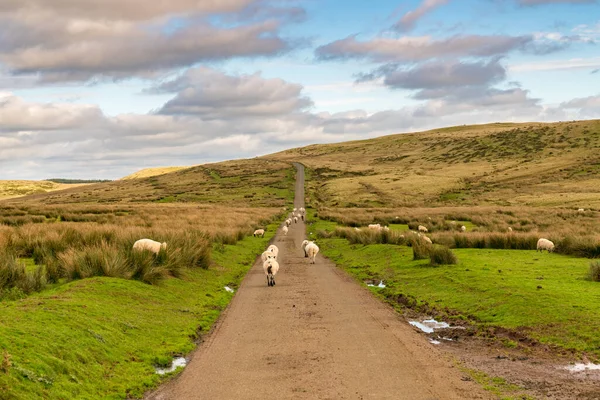
This remote village sits high in the Carmarthen Fans, surrounded by some of the most pristine mountain terrain in southern Wales. The community centers around a medieval church that serves scattered farms and cottages throughout the valley and surrounding hills.
Traditional stone walls divide the landscape into ancient field patterns that have remained unchanged for centuries. The village’s elevated position provides spectacular views across the Brecon Beacons, yet its isolation ensures that it remains one of Wales’s best-kept secrets.
Soar-y-Mynydd

Perhaps Wales’ most isolated village, this remote settlement sits in the Cambrian Mountains at such elevation that it’s often shrouded in cloud. The community consists of a famous chapel, a handful of cottages, and the scattered farms that support them. The chapel gained fame for its remote location and the dedication of congregations who traveled miles across difficult terrain to attend services.
The surrounding landscape remains largely unchanged since medieval times, with traditional Welsh hill farming still practiced according to centuries-old methods.
Tal-y-Llyn
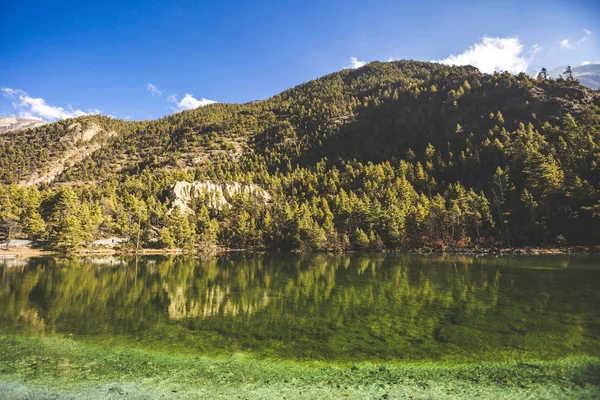
This village sits at the foot of Cadair Idris beside the lake that shares its name, creating one of Wales’ most photographed yet surprisingly secluded locations. Traditional stone cottages line the lakeshore, their reflections creating perfect symmetry in the still water during calm weather.
The valley’s unique position creates a microclimate that supports rare plants and wildlife found nowhere else in Wales. Local legends claim the lake is bottomless and haunted, adding an element of mystery to this already enchanting location.
Like Travel Pug’s content? Follow us on MSN.
Where Ancient Paths Still Lead

These hidden valleys preserve not just traditional Welsh architecture and culture but entire ways of life that have largely vanished from more accessible areas. The communities that call these remote places home maintain connections to the land and each other that stretch back centuries, creating living museums of Welsh mountain culture.
Their isolation, once a barrier to modern development, now serves as their greatest protection—ensuring that future generations will discover the same authentic experiences that make these villages so extraordinary today.
More from Travel Pug

- 20 Best Beach Towns in the Carolinas
- 13 Destinations Where Tourists Regularly Regret Their Trip
- 20 Destinations That Are More Magical Without an Itinerary
- 20 Underrated Adventures That Belong on Your Travel List
- 20 Cities Where You Should Just Wing It, No Planning Required
Like Travel Pug’s content? Follow us on MSN.
